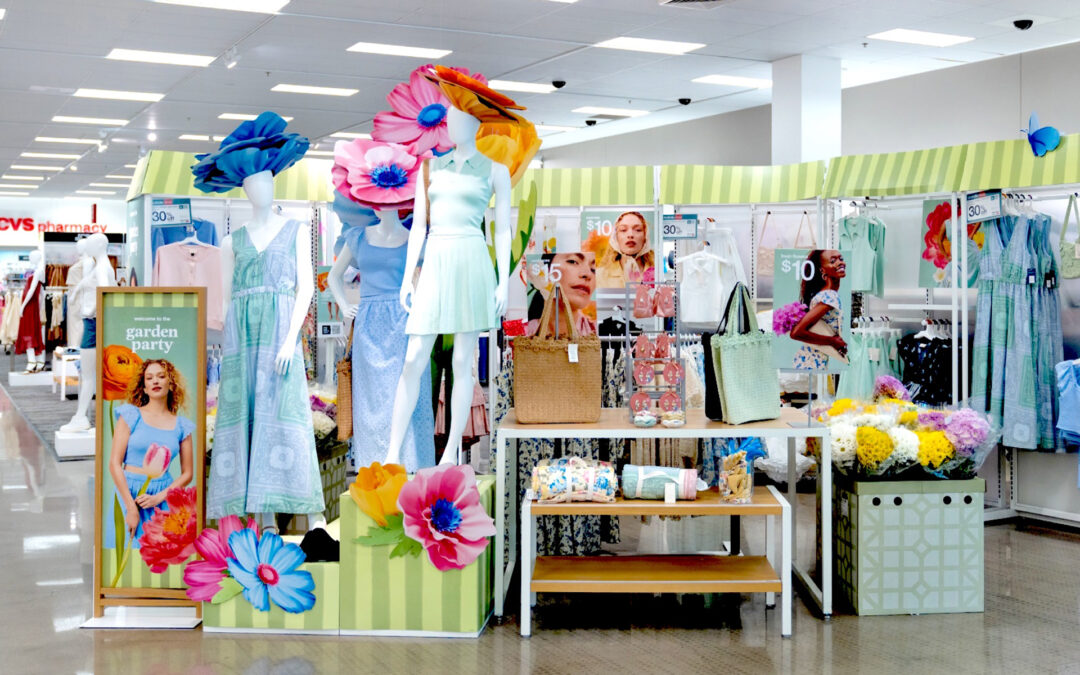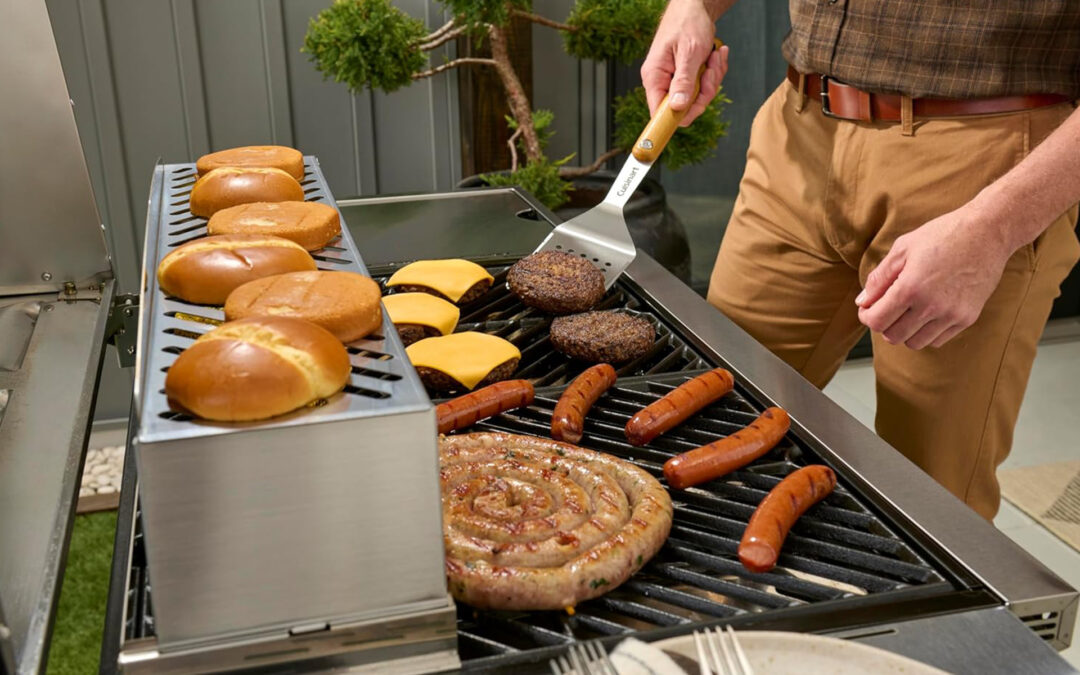Retail sales gained in August as consumer demand outweighed the pandemic, supply chain disruptions and other factors affecting spending, according to the National Retail Federation.
Supply issues continue to loom over retail. Earlier this month, the Global Port Tracker report released by NRF and Hackett Associates stated that double-digit growth in imports at the nation’s largest retail container ports is slipping to single digits as pandemic-related supply chain disruptions around the world continue. In terms of containers, U.S. ports covered by Global Port Tracker handled 2.19 million Twenty-Foot Equivalent Units in July. That was up 2% from June and 14.2% from a year earlier. Ports had not reported August numbers at the time NRF released the port data, but Global Port Tracker projected the month at 2.27 million TEU, which would be up 7.8% from August 2020 and represent the busiest August on record.
Based on United States Census Bureau figures, NRF pointed out that overall retail sales in August advanced 0.7% seasonally adjusted from July and 15.1% year-over-year. In July, retail sales declined 1.8% month-over-month but increased 15.1% year-over-year. Sales have gained year-over-year every month since June 2020, NRF indicated. The organization’s calculation of retail sales excluding automobile dealers, gasoline stations and restaurants had August up 2.3% seasonally adjusted from July and 12% unadjusted year-over-year. That compared with a month-over-month decline of 1.8% and a year-over-year advance of 8.9% in July.
August sales increased in all but two retail categories as defined by the Census Bureau on a monthly basis and advanced across the board year-over-year, led by increases at clothing, sporting goods and electronics stores.
Specifically by sector:
- Clothing and clothing accessory stores gained 0.1% month-over-month seasonally adjusted and 36.6% unadjusted year-over-year.
- Sporting goods stores slipped 2.7% month-over-month seasonally adjusted but gained 20.3% unadjusted year-over-year.
- Electronics and appliance stores slipped 3.1% month-over-month seasonally adjusted but gained 18% unadjusted year-over-year.
- Furniture and home furnishings stores gained 3.7% month-over-month seasonally adjusted and 16.1% unadjusted year-over-year.
- General merchandise stores gained 3.5% month-over-month seasonally adjusted and 13.6% unadjusted year-over-year.
- Health and personal care stores gained 0.2% month-over-month seasonally adjusted and 10.6% unadjusted year-over-year.
- Online and other non-store sales gained 5.3% month-over-month seasonally adjusted and 10.6% unadjusted year-over-year.
- Building materials and garden supply stores gained 0.9% month-over-month seasonally adjusted and 8.8% unadjusted year-over-year.
- Grocery and beverage stores gained 1.8% month-over-month seasonally adjusted and 4.8% unadjusted year-over-year.
“The increase in August retail sales reflects the continued strength of the American consumer and the resilience of our nation’s retailers,” NRF president and CEO Matthew Shay said in introducing the sales data. “In spite of the ongoing challenges of the global pandemic, concerns about the delta variant, and supply chain and workforce constraints, the retail industry continues to do what it does best, serve customers and support communities while keeping team members and associates safe and healthy. We maintain our confidence in the historic strength of consumers and fully expect a record year for retail sales and a strong holiday season for retailers.”
NRF Chief Economist Jack Kleinhenz added, “Retail sales in August overcame unusual twists and turns that have affected shopping behavior both in terms of the timing and composition of sales. The consumer remains rock solid despite the trifecta of macroeconomic headwinds we’ve seen this year, including tapering off of government stimulus, elevated COVID-19 infections and ongoing supply chain challenges in the form of shortages of labor and goods. Higher sales came even with a disjointed back-to-school season that also affected the timing of sales as many school districts returned to in-person learning but some delayed classes until after Labor Day. These results pave the way for sturdy consumer spending and a strong economy in the fourth quarter.”





